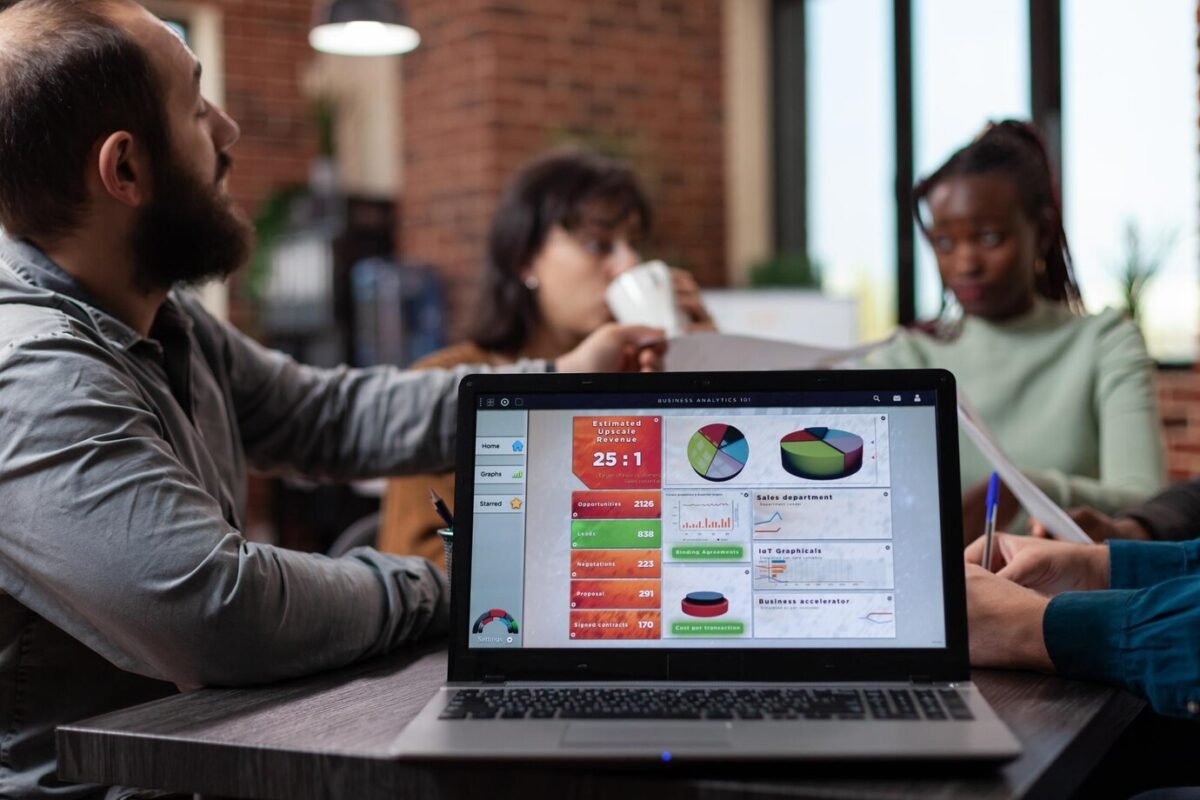In the ever-evolving world of digital marketing, influencer marketing has emerged as one of the most powerful and effective strategies for businesses looking to connect with their target audience. With the rise of social media and the growing trust consumers place in online personalities, influencer marketing has become an essential part of many brands’ marketing efforts. As we head into 2024, it’s clear that influencer marketing is not just a passing trend but a dominant force that will continue to shape the marketing landscape.
Here’s why influencer marketing will remain a powerful tool in 2024 and beyond.
1. Authenticity and Trust Drive Consumer Decisions
One of the primary reasons influencer marketing has seen such success in recent years is the authenticity that influencers bring to their content. Consumers are becoming increasingly wary of traditional advertising methods. They are less likely to trust brand messages directly from companies, but they tend to trust influencers who have built authentic relationships with their followers.
Influencers, particularly micro-influencers, have the ability to establish a genuine connection with their audience. They share relatable stories, product reviews, and experiences, which feel more personal and trustworthy than generic ads. As consumers increasingly turn to their favorite influencers for recommendations and advice, businesses will continue to leverage influencers to create authentic and credible marketing campaigns.
2. The Rise of Short-Form Video Content
In 2024, the popularity of short-form video content will continue to soar, with platforms like TikTok, Instagram Reels, and YouTube Shorts leading the way. Influencers who are skilled at creating engaging, bite-sized video content are in high demand, and brands will increasingly rely on them to create attention-grabbing campaigns.
Short-form videos are ideal for quickly conveying a message, showcasing a product, or highlighting a service. Their ability to go viral and spread across social media platforms makes them an incredibly valuable marketing tool. Influencers have mastered the art of creating shareable, visually appealing content that captures the attention of viewers in a matter of seconds. In 2024, more businesses will work with influencers to produce short-form videos that are entertaining, informative, and memorable.
3. Micro-Influencers Are Gaining More Power
While mega-influencers with millions of followers continue to dominate, micro-influencers (those with 1,000 to 100,000 followers) are gaining significant traction due to their high engagement rates and targeted audiences. In 2024, expect to see more brands partnering with micro-influencers, as they offer a cost-effective way to tap into niche communities.
Micro-influencers tend to have a more dedicated and loyal following, and their content often feels more personal and less commercialized. This leads to higher engagement rates and more meaningful connections with their audience. As brands increasingly focus on ROI and long-term customer loyalty, micro-influencers will continue to play an important role in shaping marketing strategies.
4. The Shift Towards Long-Term Partnerships
In the past, influencer marketing campaigns were often one-off collaborations, with brands working with influencers on a short-term basis. However, in 2024, businesses will increasingly seek out long-term partnerships with influencers.
Long-term partnerships allow brands to build stronger relationships with influencers and their audiences over time. By collaborating consistently, brands can create a more cohesive and authentic brand presence, as influencers will have the opportunity to incorporate products or services into their daily lives, rather than just promoting them for a limited period. These sustained collaborations will help brands gain credibility and foster trust with both influencers and their audiences.
5. E-Commerce Integration and Shoppable Content
E-commerce and influencer marketing are becoming more closely intertwined. As social media platforms enhance their shopping features, such as Instagram’s shoppable posts and TikTok’s integration with Shopify, influencers are now able to promote products directly within their content, making the purchase process seamless for their followers.
In 2024, expect to see more shoppable influencer content, where followers can click on a product featured in a post and be taken directly to the brand’s website to make a purchase. This integration of social media, influencers, and e-commerce will make it easier than ever for brands to drive sales and conversions through influencer marketing campaigns.
6. Increased Focus on Niche Audiences
As digital marketing becomes more sophisticated, brands are realizing that targeting niche audiences can often lead to better results than trying to reach a broad audience. Influencers have built strong, dedicated communities based on shared interests, values, or lifestyles. In 2024, businesses will continue to partner with influencers who cater to these niche markets to drive more meaningful engagement.
By working with influencers who have highly engaged followers within specific niches, brands can ensure that their message resonates with the right people. Whether it’s eco-conscious consumers, fitness enthusiasts, or gamers, influencer marketing allows businesses to connect with audiences who are most likely to be interested in their products or services.
7. Transparency and Ethical Practices Will Be Prioritized
As the influencer marketing industry matures, both brands and influencers are under increasing pressure to maintain transparency and follow ethical marketing practices. Audiences are becoming more discerning about sponsored content and expect influencers to be upfront about partnerships. In 2024, ethical marketing practices will be a top priority, with influencers clearly labeling sponsored posts and providing honest reviews.
For brands, partnering with influencers who are committed to transparency will help build trust with their audience. Consumers are more likely to engage with influencers who are transparent about sponsored content and whose values align with their own. Brands that prioritize authenticity and ethical practices in their influencer partnerships will continue to see positive results in 2024.
8. Data-Driven Influencer Marketing
Data and analytics are playing an increasingly important role in influencer marketing. In 2024, businesses will leverage data-driven insights to optimize their influencer marketing strategies and measure the effectiveness of their campaigns. By using tools that track engagement, conversions, and audience demographics, brands can make more informed decisions when selecting influencers and measuring ROI.
The use of data will help businesses choose influencers whose audiences align with their target market, ensure that their campaigns are reaching the right people, and maximize their return on investment.
Conclusion
Influencer marketing is not just a trend — it’s a fundamental shift in how businesses connect with their audiences. As we move into 2024, influencer marketing will continue to dominate due to its ability to build trust, engage niche audiences, and drive conversions. With the rise of short-form content, long-term partnerships, e-commerce integration, and data-driven strategies, influencer marketing will remain a powerful tool for brands seeking to build meaningful connections and boost their credibility. By embracing these trends, businesses can stay ahead of the curve and continue to leverage influencer marketing to grow their brand in 2024 and beyond.












